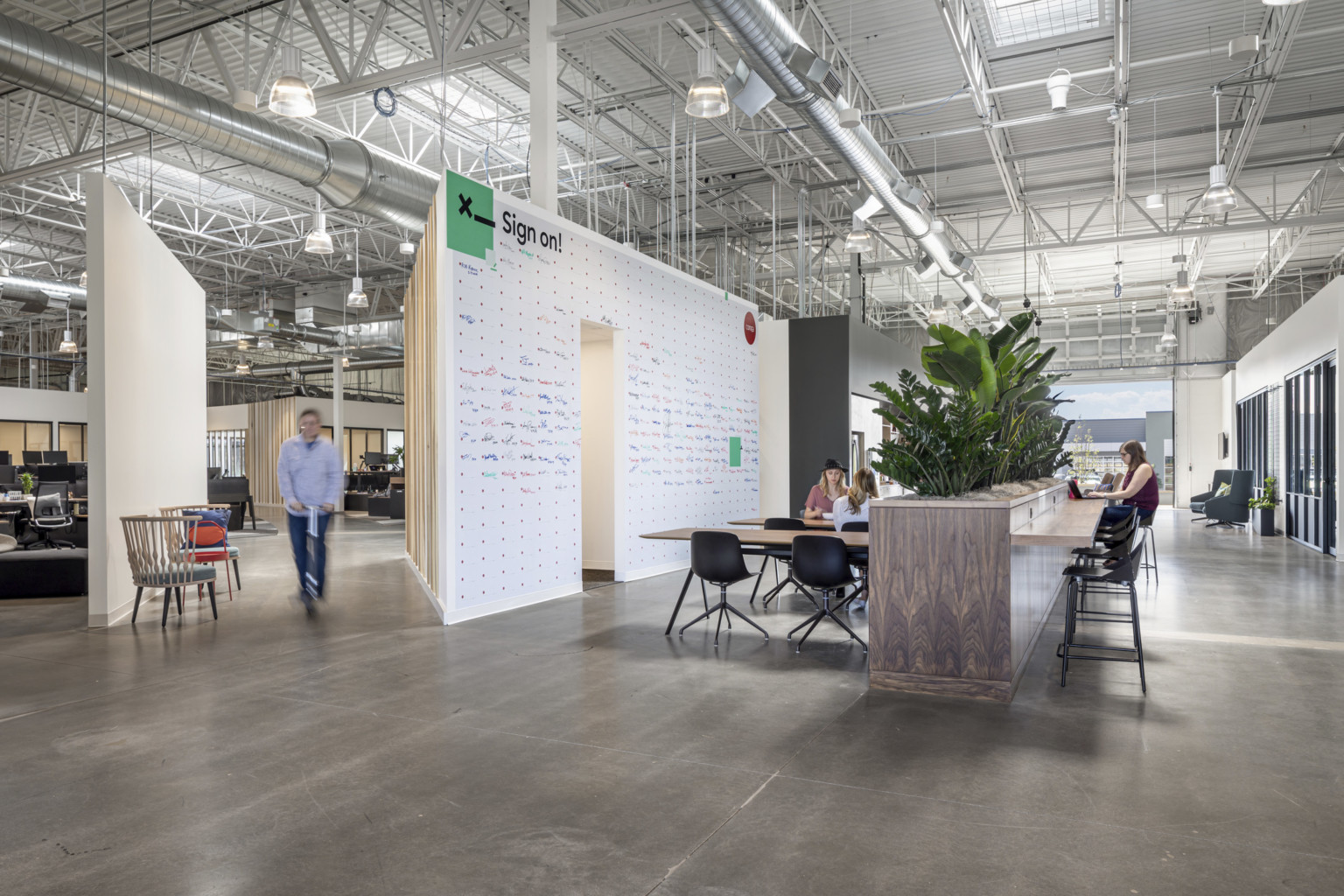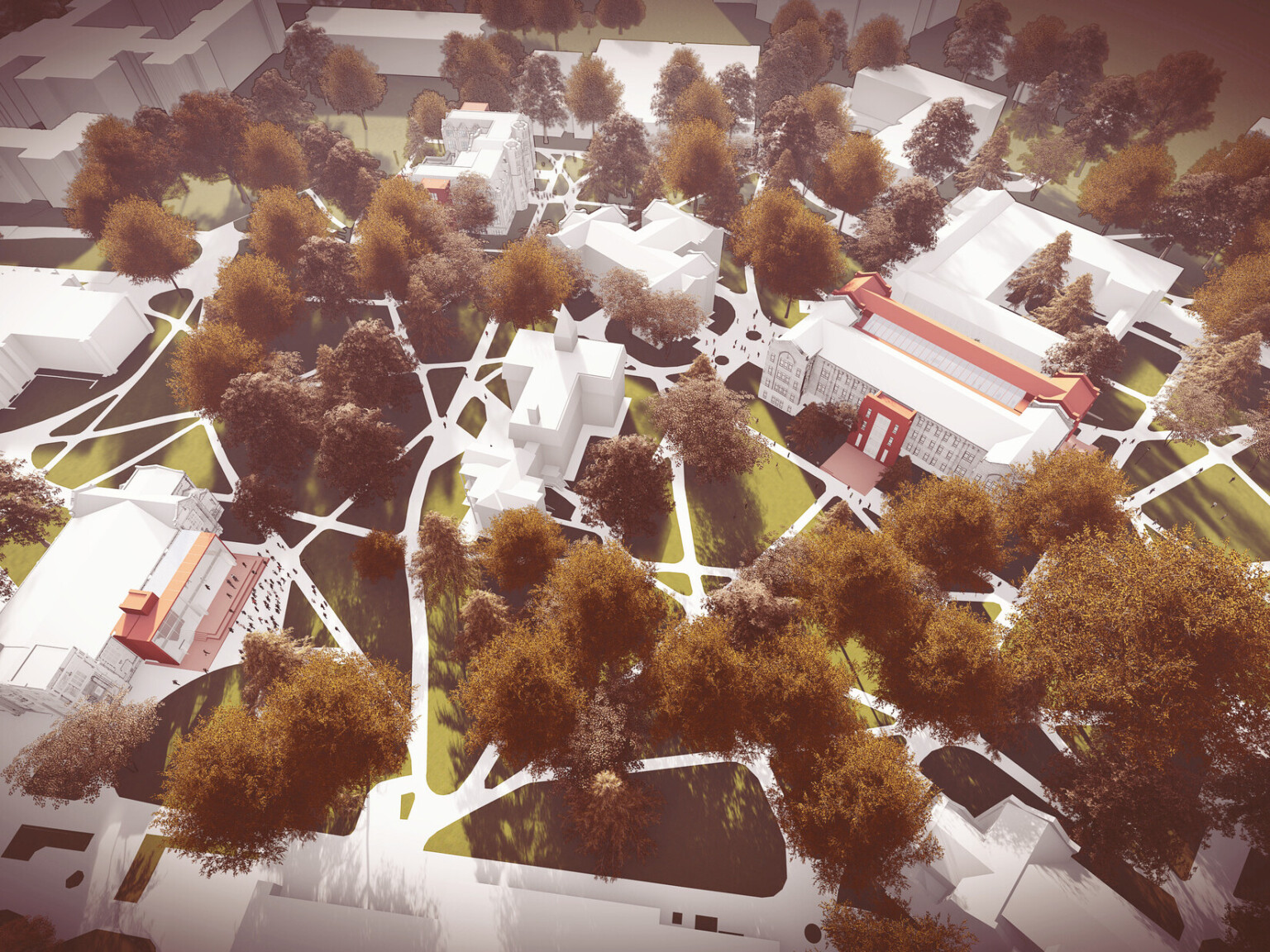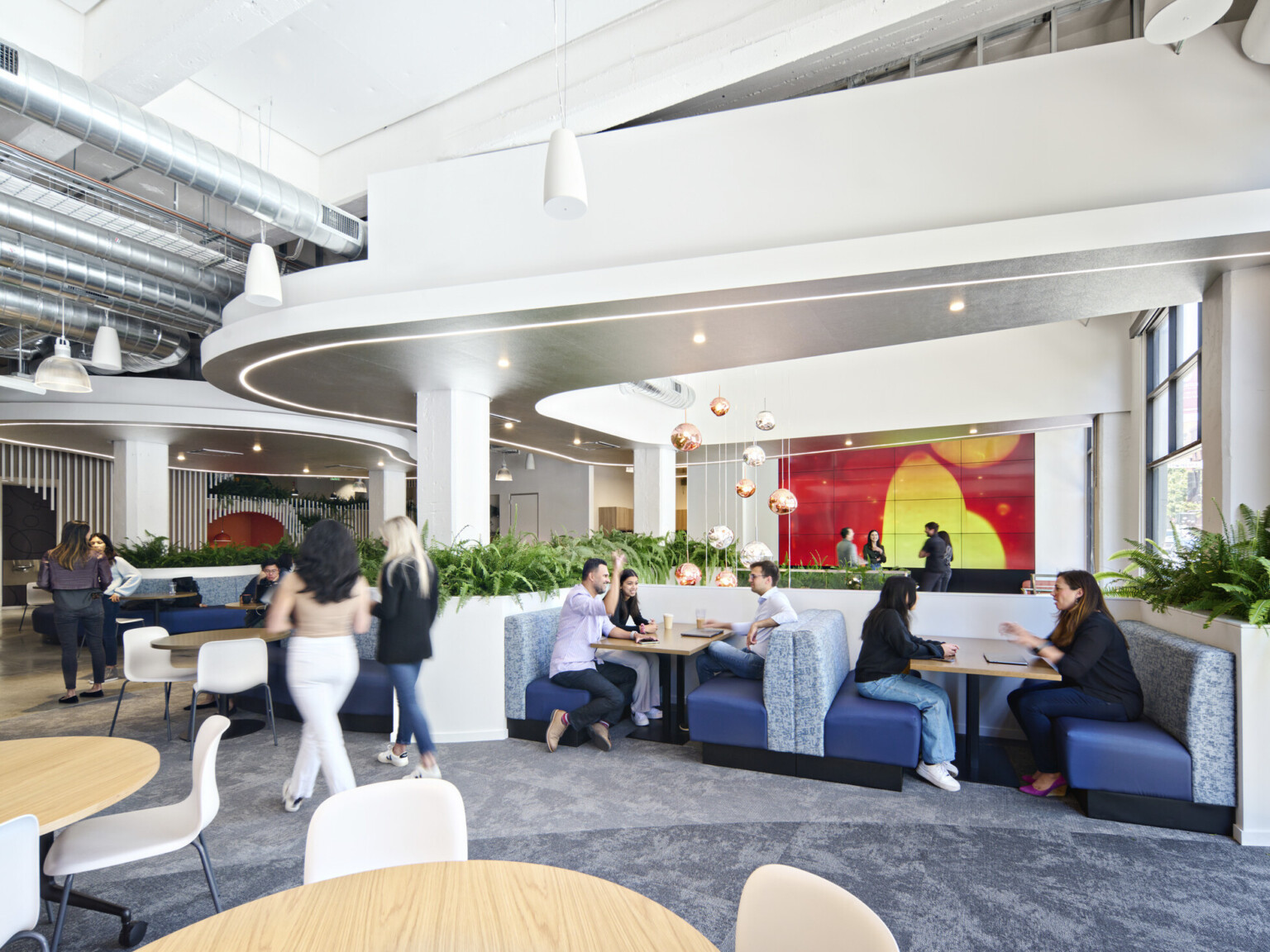
All Systems Go: Building Readiness & Resilience
Heating, Ventilation, and Air-Conditioning Systems
Modern HVAC systems allow for temperature and humidity control, the introduction of ventilation air, and filtration.
Need to Know:
- Consider making an upgrade if you have an older, less-than-capable HVAC system.
Relative Humidity
Research shows that a relative humidity range of 40-to-60% RH, compared to drier conditions, supports respiratory immune system efficiency, reduces virus “float” time, and virus survival time. An RH below 40% increases travel distance for viruses due to its impact on droplet size and impacts the actual stability of the virus while an RH above 60% can create conditions for mold to grow. While most HVAC systems can dehumidify to 60% RH, most also do not have active humidification.
Need to Know:
- Ensure your HVAC system reads a humidity range of 40-60% RH to slow virus spread and minimize the risk of mold growth.
Ventilation
Modern ventilation standards, such as ASHRAE 62.1, address the delivery of oxygen to replace carbon dioxide to offset odors from finishes and occupants and to dilute other contaminants. In response to COVID-19, many building operations increased ventilation rates to their facilities. Now, the impact of ventilation enhancements can be measured with real-time indoor air quality monitors and then optimized further to balance against excessive energy use.
Need to Know:
- COVID-19 sparked heightened interest in additional ventilation which serves to dilute viral concentrations. Real-time indoor air quality monitors may become more widespread to measure the impact of these enhancements that range from energy conservation to improved quality of life.
Results in Action:
- Our research of Barrington School District 220’s building operations found a correlation between improved air quality and students’ improved learning outcomes and quality of the workplace for teachers and staff.
- This approach is guided by significant work by organizations such as the Harvard School of Public health on the cognitive benefits of increased ventilation.
Filtration
Modern HVAC systems incorporate multiple stages of filtration, known as a pre-filter and final filter. Filtration effectiveness is categorized by MERV ratings, with MERV 8 for pre-filtration and MERV 13 for final filtration being most common. The higher the value, the more efficient the filter is at removing particles but is also accompanied by potential energy and cost considerations. Alternative air treatment technologies, such as UVGI or bi-polar ionization, have received significant attention but should continue to be considered with care in all applications.
Need to Know:
- Before incorporating additional filtration measures, facilities should evaluate the long-term impact of maintenance of equipment, energy usage, and higher costs.
Air Distribution
The onset of COVID-19 prompted research around whether air could promote the transfer of a virus from person to person within the direction of air movement. This potential transmission pathway forced discussion around how best to deliver uncontaminated air to building occupants.
The proper design of air delivery requires an integrated design approach. Two types of distribution commonly used are mixed air and displacement. Mixed-air diffusers are designed to mix room air with treated air from an air-handling unit or fan coil unit rapidly. Displacement systems use another approach to air distribution which supplies cool air at low speed from floor level, allowing heat from occupants to naturally drive air upwards, where it is captured at ceiling level.
Need to Know:
- Before implementing an air distribution system, consider the impact mixed-air diffusers and displacement systems have on energy usage, thermal comfort, and air quality, as summarized by ASHRAE’s Fall 2021 guidance.
Energy
As many facilities had to stop operations, facility owners have communicated their curiosity and interest about energy usage and reduction. If spaces have no occupancy, systems can run at significantly reduced demand, including the use of elevated temperature setpoints and reduced ventilation. As facilities reset their operations, retro-commissioning can offer significant benefits.
Need to Know:
- For deeper data-rich insights on building operations, consider a monitoring-based commissioning approach to building operations and utilizing automated fault detection and diagnostics. An indoor air quality certification program such as RESET prioritizes ongoing results and long-term occupant health. It requires data to be live streamed to the cloud via multi-parameter monitors that can be accessed from any digital device.
Results in Action:
- DLR Group developed a comprehensive energy master plan for its public building portfolio in Washington D.C., including an early retro-commissioning program for approximately 20 facilities. This has helped bring energy management to the forefront and identified low-cost measures with rapid outcomes. These measures include correcting simple sensor failures, adjusting operating schedules, and rebalancing systems to deliver the right amounts of ventilation.
- DLR Group’s indoor air quality monitoring service, currently in use across over a million square feet of commercial space, pairs RESET certification with an easy-to-read air quality dashboard.
Resources/Links
We recommend reviewing the resources below directly for the latest commentary on solutions to some of the considerations we’ve raised. Before any measures are implemented, consider both the short-term and long-term impact. Keep in mind that although no single measure can reduce transmission risk to zero, they can have positive results for energy usage as well as overall health and wellness.
- World Health Organization COVID-19 Resource Site
- CDC COVID-19 Resource Site
- Harvard Business Review, What Makes an Office Building Healthy
- ASHRAE COVID-19 Resources
As many companies explore hybrid workplace solutions, our multidisciplinary teams are researching and applying design ideas toward to the future of work.










